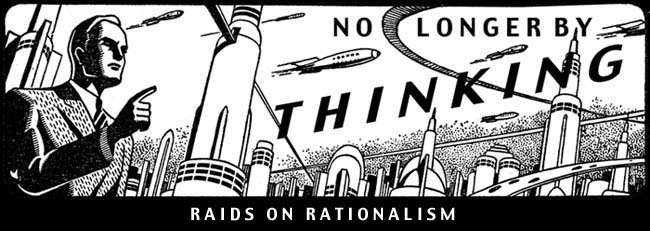
November 21, 2008
To:
The Nature Conservancy
4245 North Fairfax Drive
Suite 100
Arlington, VA 22203-1606
Dear Nature Conservancy,
I’m not mad. Really I’m not. I’m not canceling my subscription and I’m not swearing to never give another dime to the Nature Conservancy. You guys truly do rock and I love you forever. But it’s a great pity that Jimmie Powell, head of the Conservancy’s energy team, has fallen like a ton of waste drums for industry propaganda on the nuclear question.
In the Fall 2008 Oak Log, the magazine of the Vermont chapter of the Conservancy, Mr. Powell says that “we’re going to need to build about 250 new power plants in the next 30 years to replace coal-fired capacity that must be shut down. Surprisingly, nuclear is the most cost effective way to get there.”
It is indeed surprising, given that it shows no signs of being true. The November 20, 2008 issue of Nature reports that the global credit crunch makes the “role of fission in fighting climate change . . . likely to wane,” and quotes Matthew Bunn of Harvard as stating that “nuclear can no longer support climate-change needs and targets” because it is too expensive (“Nuclear renaissance plans hit by financial crisis,” Nature, Nov. 20 2008, 286-187).
Huh? What happened to “cost-effective”? The credit crunch is simply proving that you can kill what is already dead: or at least bury it deeper. Nuclear power, due to its long lead times and extraordinary liabilities, has never been able to exist without big government subsidies and easy debt. Tight money, as Nature details, means no nukes even with the billions in subsidies the federal government is proferring on its golden shovels. Quick-deploying alternatives (wind and other renewables, efficiency, and cogeneration), though not all equally affordable and not all equally suited to all tasks, are, on the other hand, relatively immune to financial volatilities and have a consistent history of declining cost per kilowatt-hour delivered, contrary to nuclear’s dismal history of broken promises and wrecked budget forecasts. Far from being the most “cost-effective” way of buying new power, erecting nukes is one of the most expensive of all options -- and was so before the credit crunch -- and this according not merely to Greenpeace, but to the nuclear-industry literature. No wonder that The Economist’s May 19, 2001 cover story proclaimed that “Nuclear power, once claimed to be too cheap to meter, is now too costly to matter.”
Buying nuclear power incurs a high opportunity cost because the same money could deliver far more energy services if spent on cheaper low-carbon rivals such as wind or end-use efficiency. Buying nukes will lead to more CO2 emissions, not less, than we would have had under more effective investment, just as buying caviar on food stamps actually reduces the amount of food on a family’s table.
The details are given with relentless completeness by Amory Lovins in his recent piece “The Nuclear Illusion”. I commend it very seriously to Mr. Powell’s attention.
Sincerely,
Larry Gilman, PhD (Engineering Sciences, Dartmouth, 1995)






Of all the solutions you mentioned that are better than nuclear, I'd go with cogeneration. I'm associated with Recycled Energy Development, a company that does cogeneration at manufacturing facilities. EPA and DOE studies suggest that energy recycling technologies like these could slash U.S. greenhouse pollution by 20%. That's as much as if we took every car off the road. Meanwhile, we'd SAVE money. This is what we should be focusing on.
ReplyDeleteMiggs,
ReplyDeleteThanks for commenting. For readers I'll note that your company's website is http://www.recycled-energy.com/. And I recommend Forbes's article on RED's approach to cogeneration, http://www.recycled-energy.com/_documents/news/forbes9-15-08.pdf.
This is a major wad of that "low-hanging fruit" that energy mavens like to talk about.